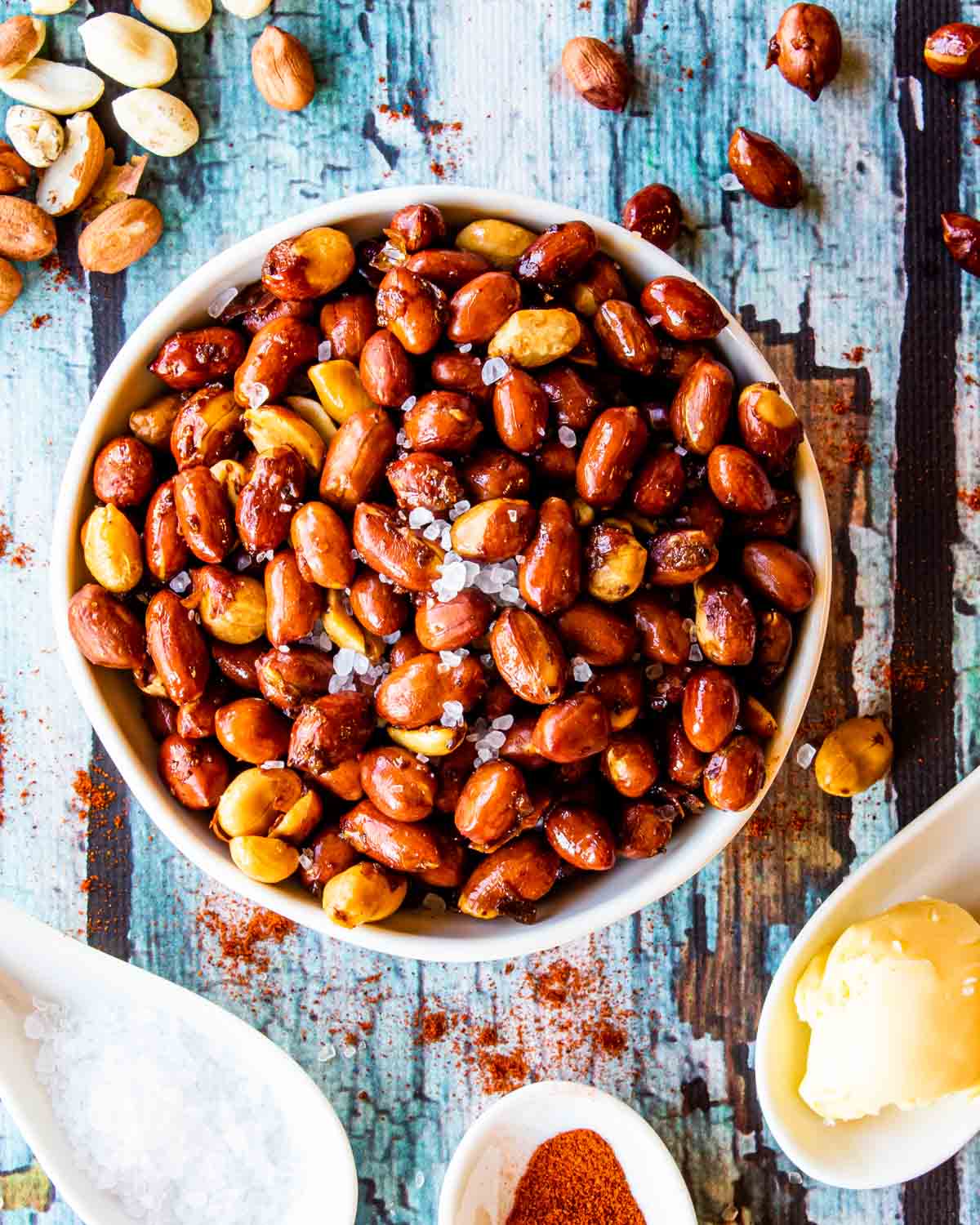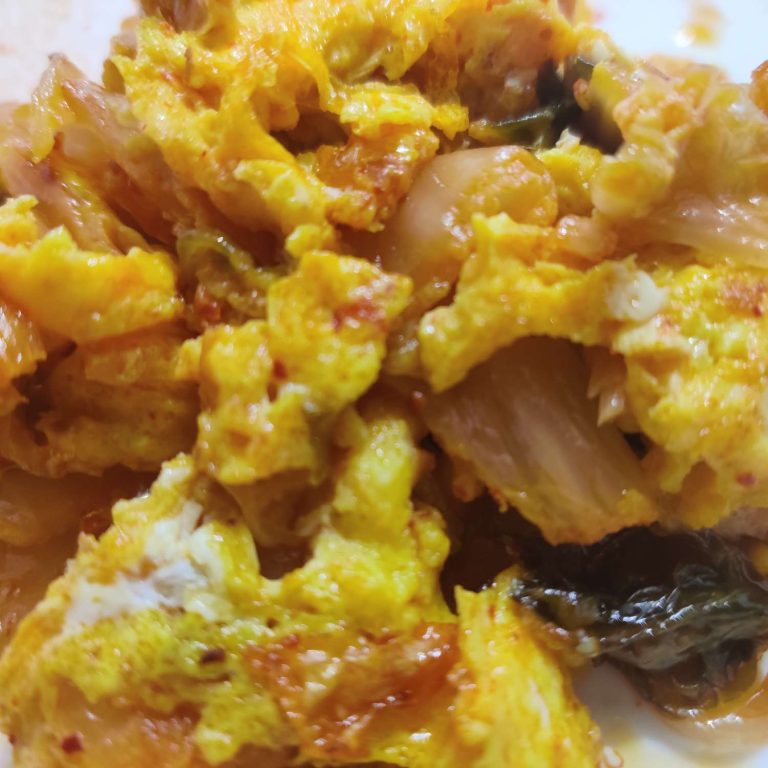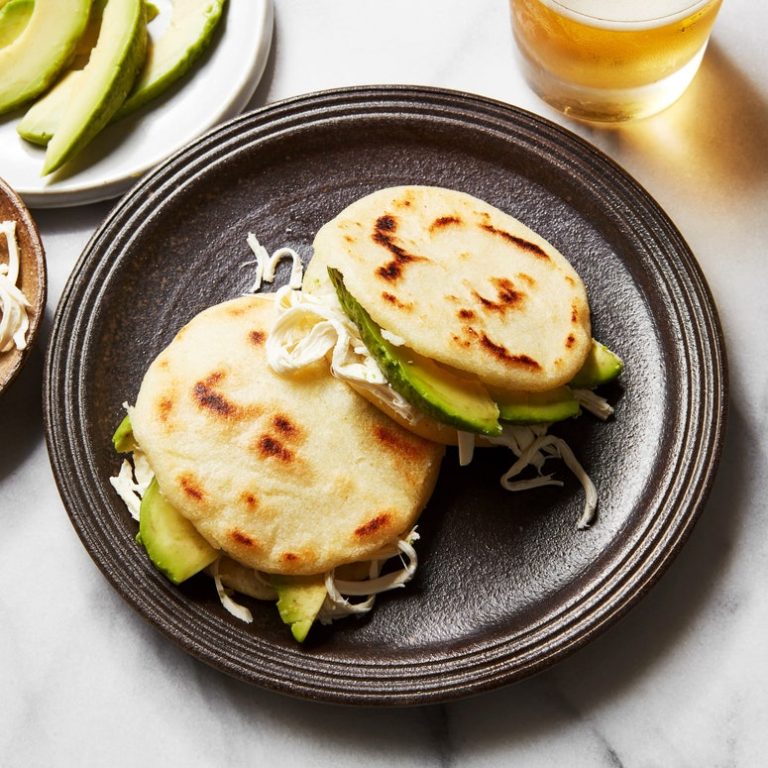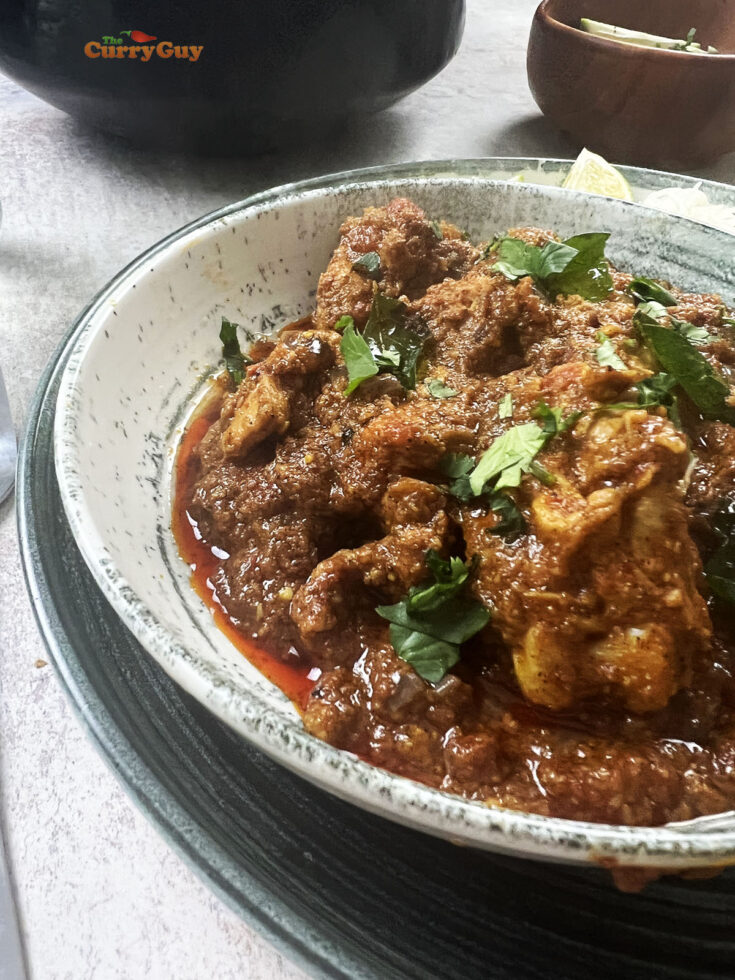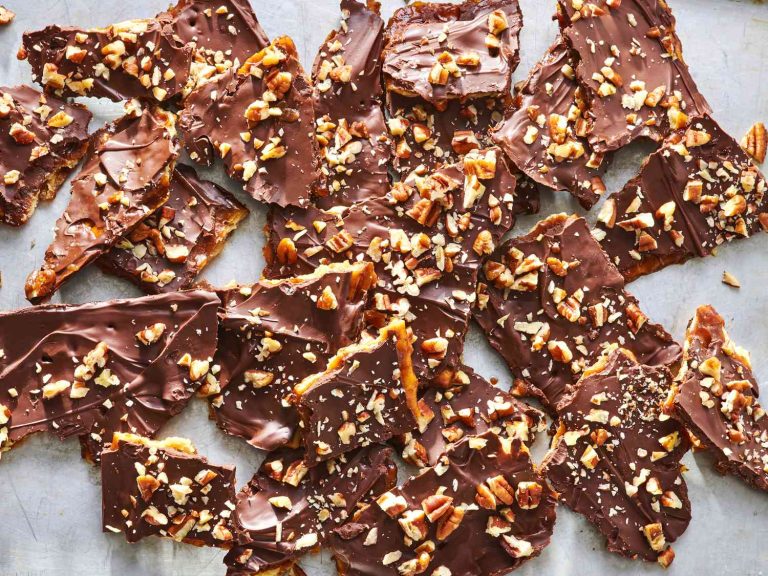Roasted Peanuts: Benefits, Flavor, and Nutritional Comparison with Raw Peanuts
Roasted peanuts undergo a heating process making them crisp and enhancing their flavor. These peanuts retain their high protein content and healthy fats while acquiring a toasty taste. Unroasted, raw peanuts contain bioactive compounds that roasting helps activate, boosting their antioxidant properties. Roasted peanuts often appear salted or seasoned, appealing to various taste preferences.
Different Types of Roasting Processes
Different roasting processes impact texture, flavor, and nutritional value:
- Dry Roasting: Uses hot air without oil, resulting in a lower-fat content. This process maintains the peanut’s natural taste and nutrients.
- Oil Roasting: Involves submerging peanuts in hot oil, giving them a richer flavor and a crisper texture. Slightly increases the fat content compared to dry roasting.
- Honey Roasting: Combines roasting with coating peanuts in a honey-sugar solution, offering a sweet and savory taste experience. Popular as a snack option for those with a sweet tooth.
Different roasting techniques cater to diverse flavor preferences, providing options for both health-conscious individuals and flavor enthusiasts.
Health Benefits of Roasted Peanuts
Nutritional Content Overview
Roasted peanuts offer a rich nutritional profile. They contain 7 grams of protein per ounce, providing an excellent source of plant-based protein. Additionally, roasted peanuts include healthy fats, predominantly monounsaturated and polyunsaturated fats, which support heart health. They’re also rich in vitamins and minerals, including Vitamin E, niacin, and magnesium, which contribute to overall well-being.
Impact on Heart Health
Consuming roasted peanuts can benefit your cardiovascular system. The healthy fats in these peanuts help reduce LDL cholesterol, lowering your risk of heart disease. According to the American Heart Association, consuming nuts, such as roasted peanuts, contributes to lower cholesterol levels. Antioxidants like resveratrol, found in peanuts, further protect your heart by reducing inflammation and oxidative stress.
Benefits for Weight Management
Incorporating roasted peanuts into your diet aids in weight management. The high protein and fiber content keeps you satiated longer, reducing overall calorie intake. Studies from the National Institutes of Health indicate that moderate consumption of nuts, including roasted peanuts, doesn’t contribute to weight gain and may even support weight loss goals due to their ability to control hunger and increase metabolism.
Culinary Uses of Roasted Peanuts
In Snacks and Trail Mixes
Roasted peanuts frequently appear in snacks and trail mixes due to their crunchy texture and rich flavor. They’re often paired with dried fruits (e.g., raisins, cranberries) and other nuts (e.g., almonds, cashews) to create a nutritious and convenient snack. Roasted peanuts add protein and healthy fats, making them an excellent choice for sustained energy. Pre-packaged trail mixes often include roasted peanuts because they have a long shelf life and are easy to store. You can also make homemade trail mixes with roasted peanuts, allowing for customization to cater to personal taste preferences and dietary needs.
As an Ingredient in Dishes
Roasted peanuts enhance various dishes by adding flavor and texture. In salads (e.g., Asian slaw), they provide a crunchy contrast to vegetables. Many Asian cuisines incorporate roasted peanuts in sauces (e.g., peanut sauce for satay) and garnishes (e.g., crushed roasted peanuts on pad Thai). Desserts also benefit from roasted peanuts, which can be added to cookies, brownies, and cakes for added crunch and flavor. Ground roasted peanuts can be used as a coating for chicken or fish, offering a nutty taste and crispy texture.
Comparing Roasted vs. Raw Peanuts
Flavor Differences
Roasting peanuts changes their flavor profile, enhancing sweetness and creating a satisfying crunch. Raw peanuts, in contrast, offer a milder, earthier taste. This distinct flavor difference makes roasted peanuts ideal for snacks, while raw peanuts are often used in cooking dishes where subtle flavors are necessary.
Nutritional Variations
Roasting peanuts impacts their nutritional content. Both roasted and raw peanuts are rich in protein, fiber, and healthy fats. However, roasting at high temperatures may decrease the levels of certain vitamins like Vitamin E and some B vitamins. On the other hand, roasted peanuts retain most of their essential minerals like magnesium and potassium. Choose based on your dietary priorities and how you’ll use them in meals.
Shelf Life Considerations
Storage duration differs between roasted and raw peanuts. Roasted peanuts tend to have a shorter shelf life due to the oxidation of natural oils, which can lead to rancidity. Raw peanuts can be stored longer if kept in a cool, dry place. Consider shelf life when deciding between the two, depending on how quickly you plan to consume them.
Conclusion
Roasted peanuts offer a delightful combination of enhanced flavor and texture that can elevate various dishes or serve as a nutritious snack on their own. While they may have a shorter shelf life compared to raw peanuts, their rich taste and crunchy bite make them a popular choice. Balancing your dietary needs and culinary preferences will help you decide whether roasted or raw peanuts are the best fit for your pantry. Enjoy the versatility and health benefits that roasted peanuts bring to your table.
